
About This Quiz
If you're interested in science, one thing you already know is that you essentially have to learn a new language to study it properly. With thousands of terms used in various sciences, it is clear that studying the sciences isn't for everyone. There are so many terms that complete science dictionaries and glossaries have been created to help people get familiar with the language of science, and these books are rather thick.
For science lovers, learning the terminology can be a daunting and kind of a turnoff, but it's the only way to succeed in the field. It requires quite a bit of studying and hands-on work. Some of the terms are very close in spelling and can be confusing if you aren't paying attention.
Although many scientists have specific fields in which they know every term, this quiz is going to cover every different type of science and include worlds from abiogenesis to zygote. You'll have to have a basic understanding of each of the scientists to get a passing grade. Do you think you have what it takes to figure out what these words mean? Take this quiz to figure out just how well your science vocabulary actually is.

As you formulate an idea for an experiment, one of the first things you come up with is your hypothesis. A strong hypothesis will be completely testable and have a clear answer by the end of the experiment.
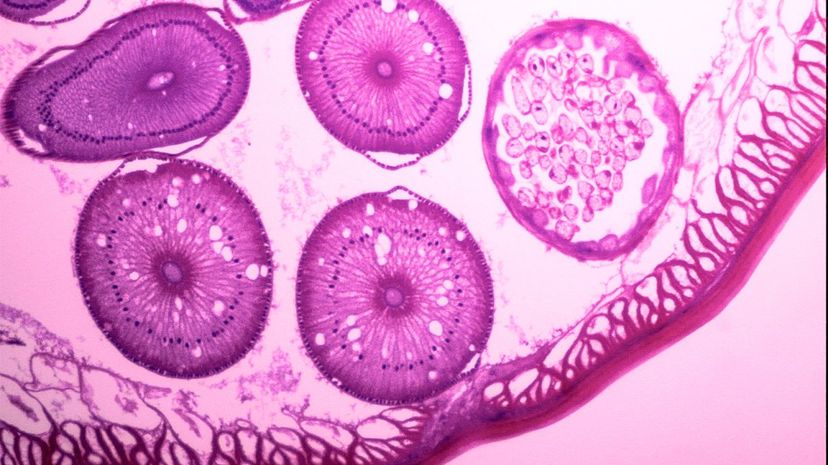
Every organism has cells, and every cell is a miniature factory that has a specific function within that organism. Cells reproduce to help the organism regrow or regenerate as well.

The animal kingdom can be divided into two different categories: vertebrates and invertebrates. Vertebrates include birds, mammals, reptiles and fish, while invertebrates include worms, crustaceans and many insects.
Advertisement

Genetic mutations occur quite frequently but can often go unnoticed. This usually occurs when there is an alteration in the genetic code that produces a new trait that the two parents did not have.
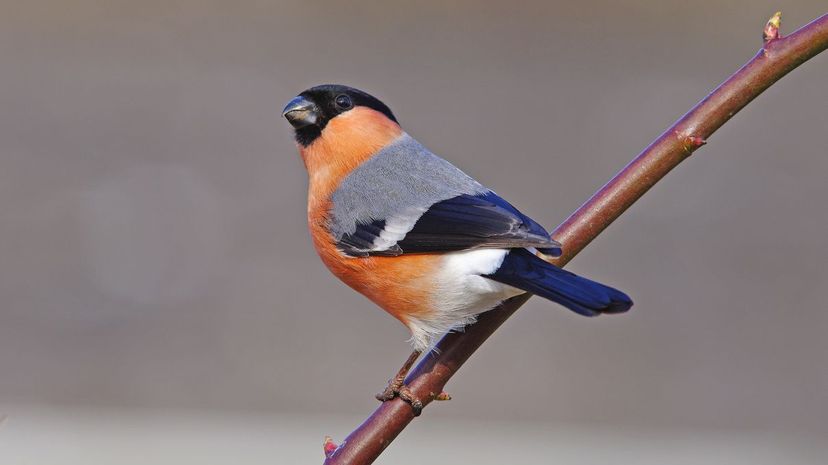
While many of us can't tell what is going on in a person's body, we can observe specific characteristics about them. For example, you know what color their hair, eyes and skin are with a simple observation.

Each individual has two alleles that can determine the result of the offspring. When you create a grid with both parent organism's alleles, you can determine the odds of creating an offspring that looks a certain way.
Advertisement
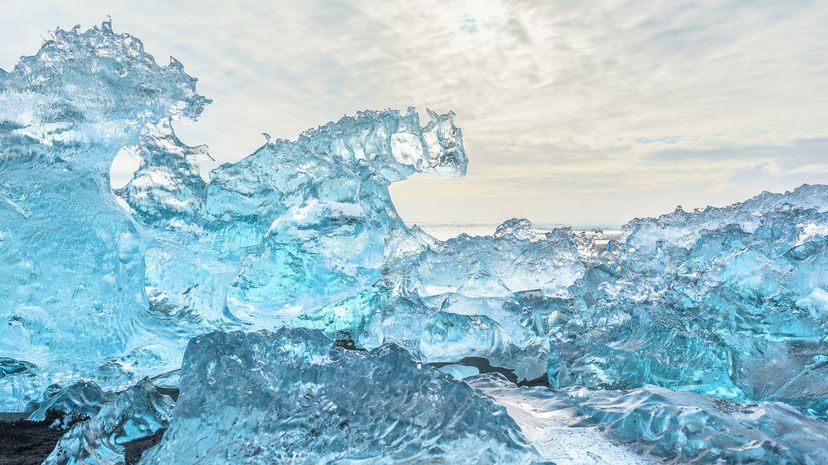
Organisms, gasses and pretty much everything else needs heat or energy to stay in motion. At absolute zero, everything freezes and all motion stops. The temperature for this is 0 degrees Kelvin, or around -459.67 F.

Not every star you see in the night sky is actually considered a solar system. To be a solar system, a star must have planets orbiting it. Science have identified over 2,500 other stars that would be considered solar systems.
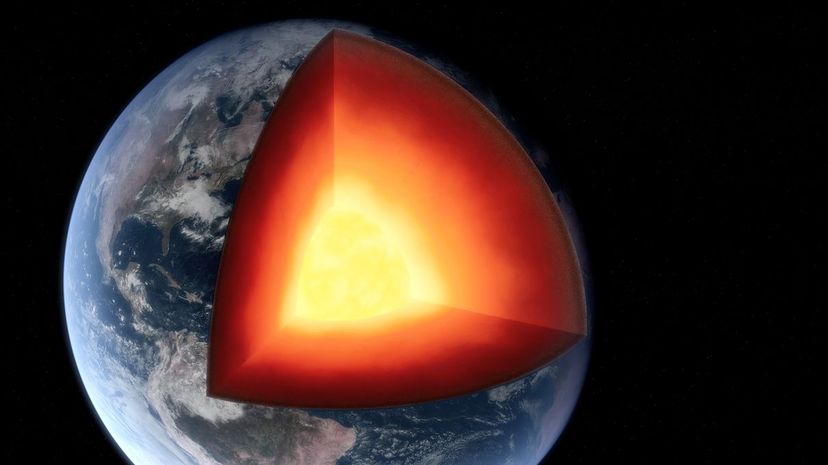
Although many are trying to access the Earth's core, no one has succeeded yet, and we have yet to sample it. However, we do know that it makes up about 20% of Earth's radius and is molten hot.
Advertisement
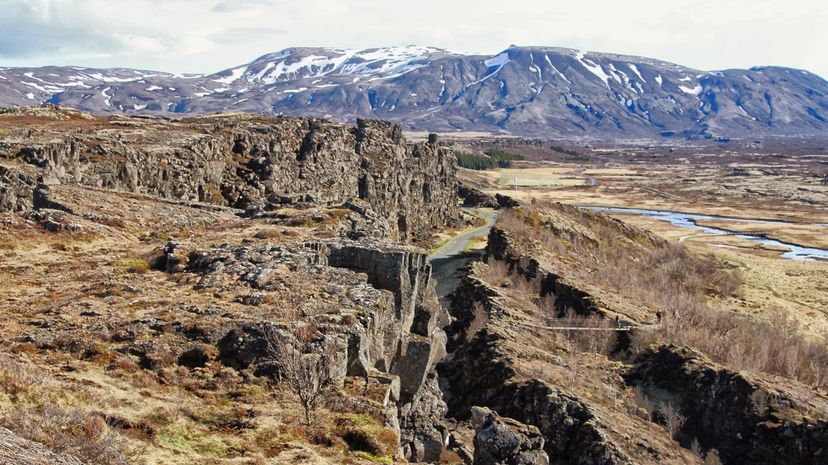
When you feel a sudden shake or violent jerking motion on the ground, you are experiencing an earthquake. These usually happen near fault lines where tectonic plates are rubbing against each other.
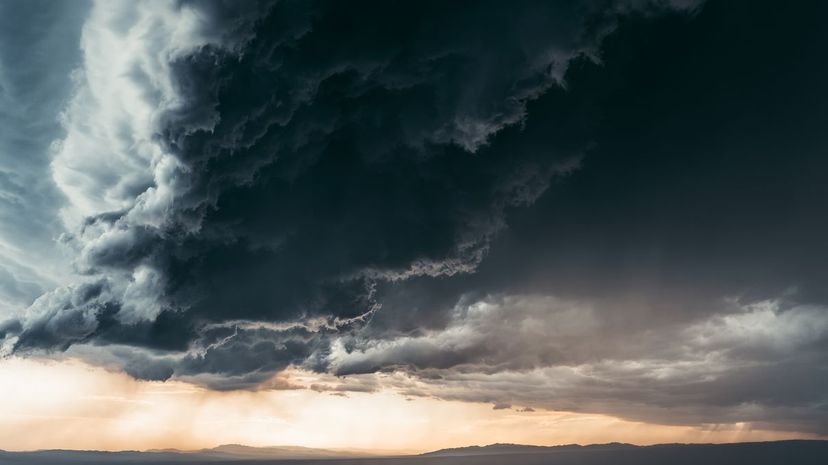
Precipitation occurs when the condensation in the water in Earth's atmosphere that gets heavy enough to fall. This can come in many forms, including rain, snow, sleet, hail and graupel (frozen snow pellets).
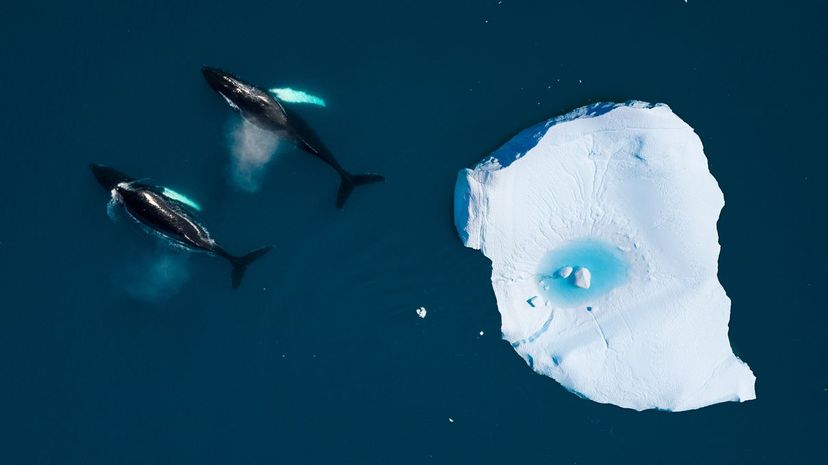
A common misconception is that weather and climate are the same. However, the climate is more of an average of a very long period of time, whereas weather can change on a daily basis.
Advertisement
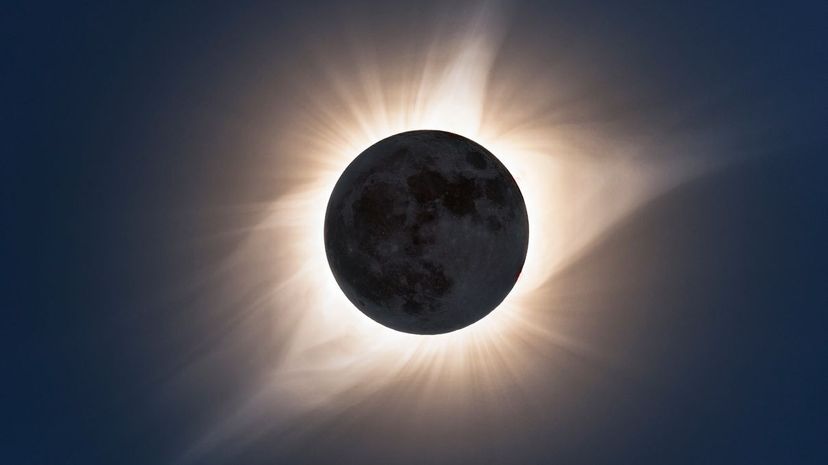
While there are many different types of eclipses, there are two that we are most familiar with: lunar and solar. A solar eclipse is when the moon covers the sun, and a lunar eclipse is when the Earth blocks the moon from the sun.

When a substance is heated enough, it becomes a gas. This is called evaporation. The easiest and most common way to see this is when you boil water on your stove. The water boils and bubbles because the water on the bottom of the pan is evaporating and needs to escape.
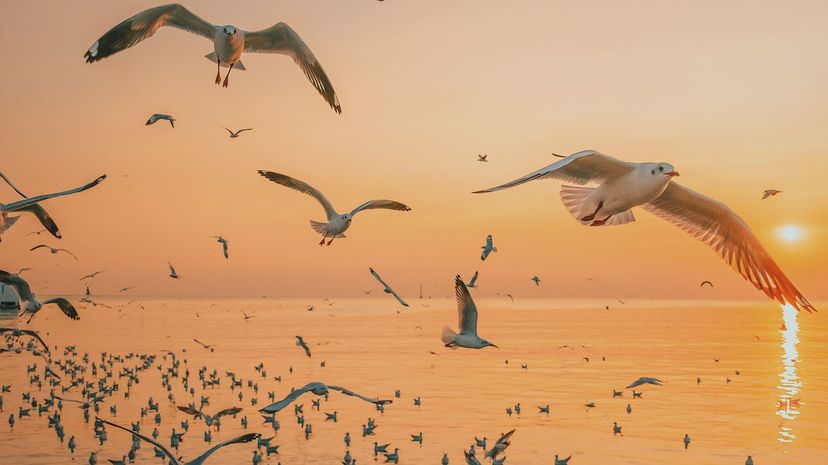
The natural habitat of a species generally has everything that species needs to survive. For the most part, species have evolved and adapted to live in the environment they consider their natural habitats.
Advertisement
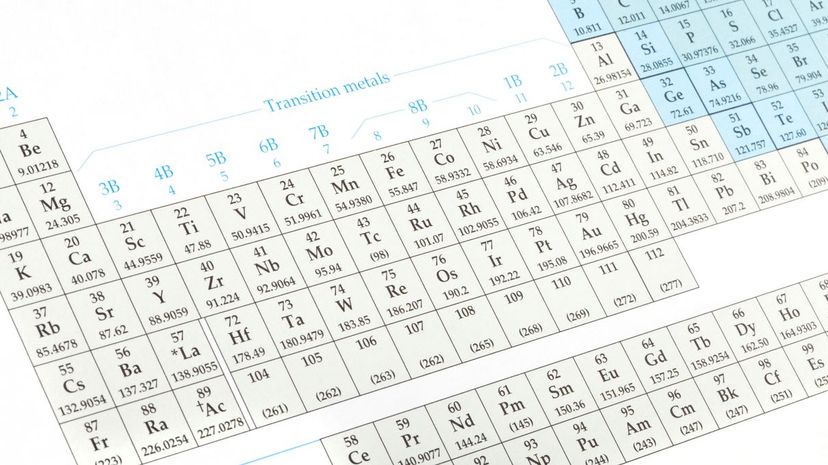
The periodic table of elements shows every element known to humankind. It is organized by the atomic weight of that element, which is usually represented by the number underneath the atomic symbol.
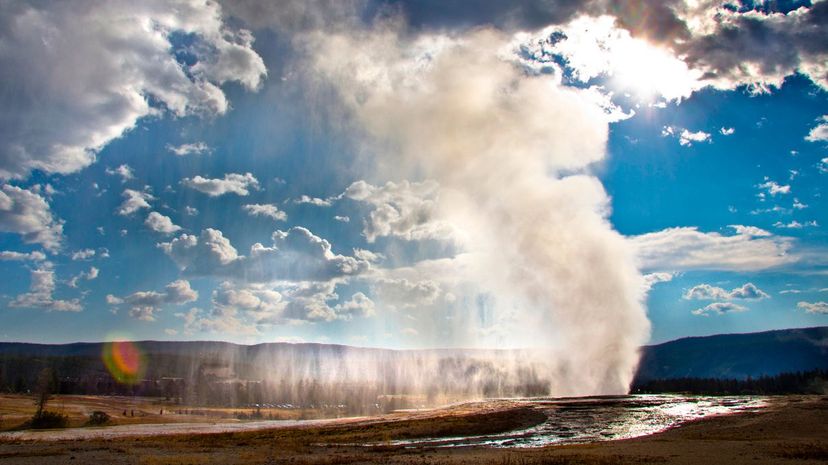
Once a substance begins to boil, it turns into a gas or vapor. The temperature at the time of this transition is known as the boiling point. Boiling points generally vary by substance, but the majority of substances require high temperatures to boil.
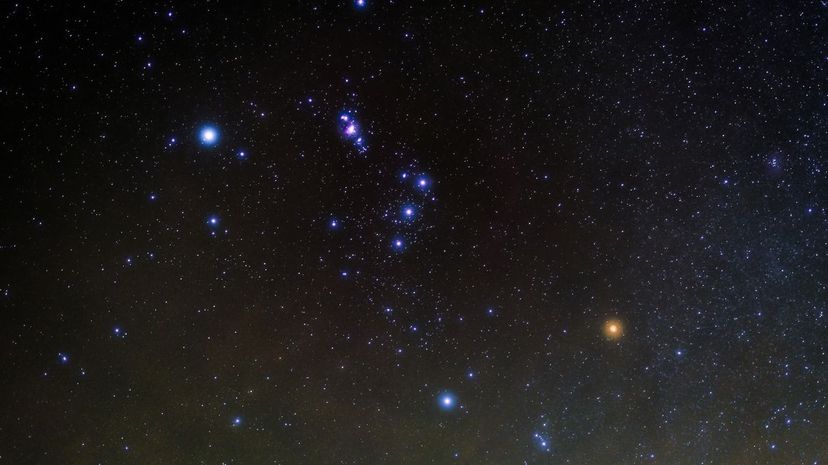
The stars that we see from Earth create different constellations than you'd see from other planets. These constellations were used in early exploration as well as keeping track of the calendar.
Advertisement

Friction is also a way to describe how two surfaces interact with one another. Using friction can create heat or it can change one of the objects, depending on the object that it is rubbing against.

When it comes to physics, you can usually define gravity as one object being pulled by another object. For example, the sun's gravity keeps the Earth in orbit, while the Earth's gravity keeps the moon in orbit.
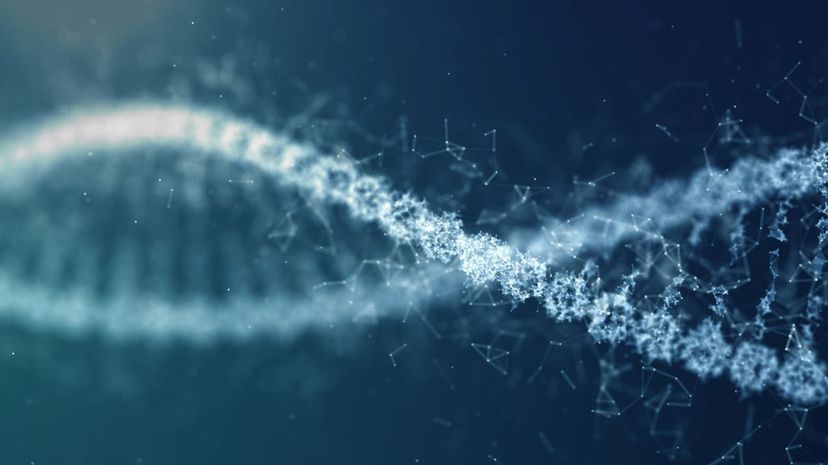
Although there is a debate as to whether or not evolution is real, it has been proven over the years, and species are still evolving to match their changing environments. This is a way to continue life, despite the conditions.
Advertisement
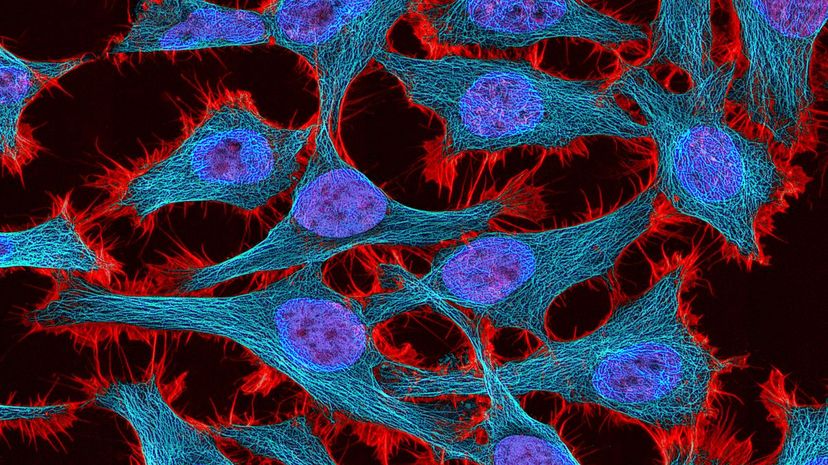
The cells in your body function very much like microscopic factories. Scientists discovered that the mitochondria within a cell functions as the place where both respiration and energy production happen.
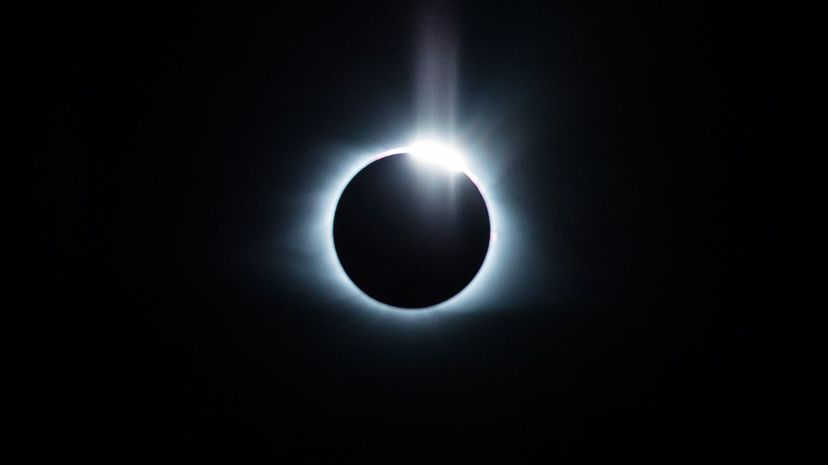
Black holes are incredibly difficult to study, but astronomers have been fascinated by them since they were first discovered. It is believed that a black hold is formed after a star dies.
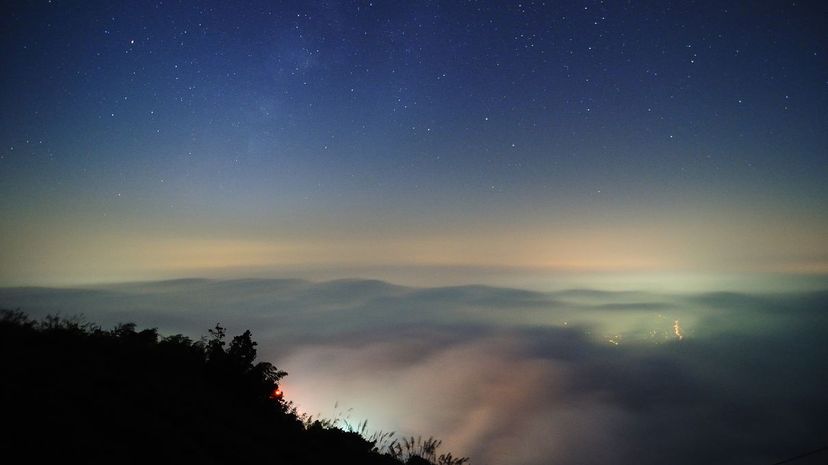
Light travels very fast. The distance that light, or something traveling at the speed of light, travels in a year is about 6 trillion miles. When broken down, this comes to around 186,000 miles per second.
Advertisement
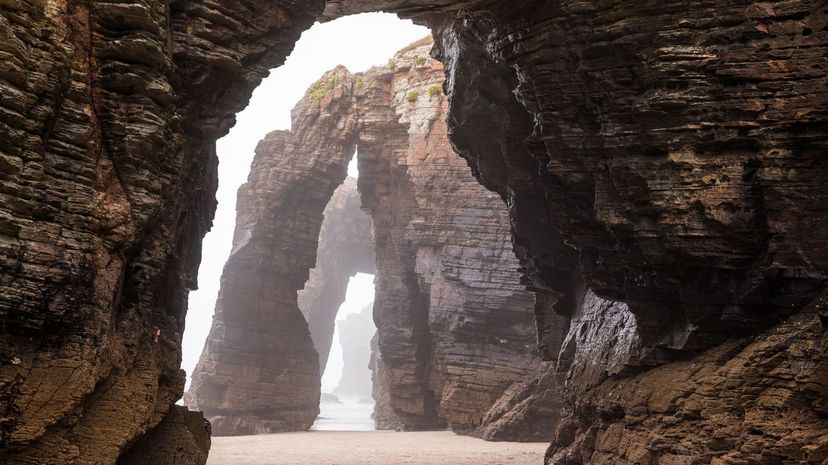
Erosion is constantly occurring, and it changes the shape of land as well as the direction a river flows. Erosion even created several large geological formations around the world, including the Grand Canyon.
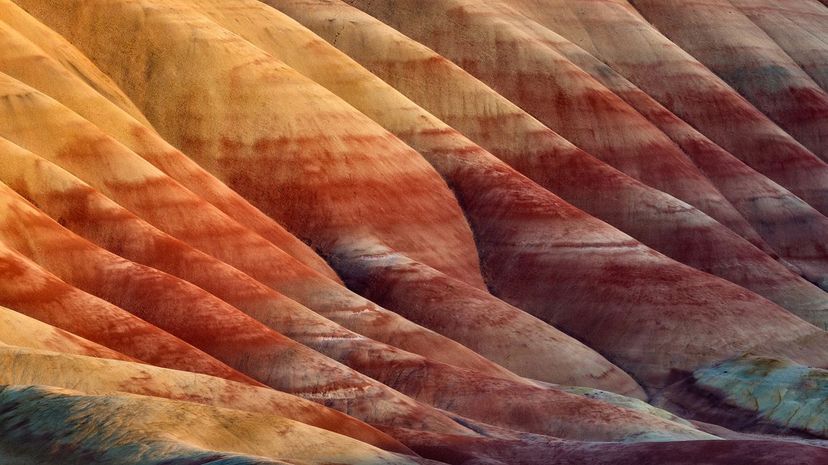
Because it takes such a long time for geological layers to be created, epochs are used to help scientists decide the age of certain geological structures and formations. The current epoch is known as Holocene, and we are about 11,500 years into it.
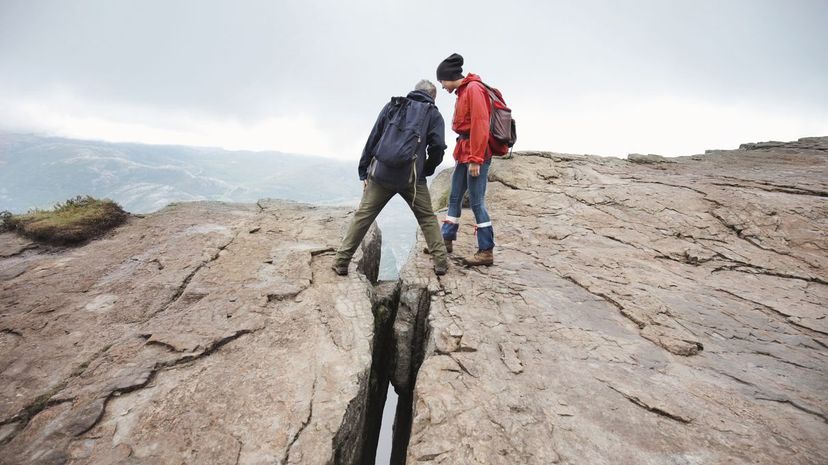
Rift zones are where two tectonic plates are pulling away from each other. These rifts create long cracks in the Earth's crust and can cause amazing geological occurrences. For example, Lake Baikal is the deepest lake in the world because of the rift zone it's in.
Advertisement
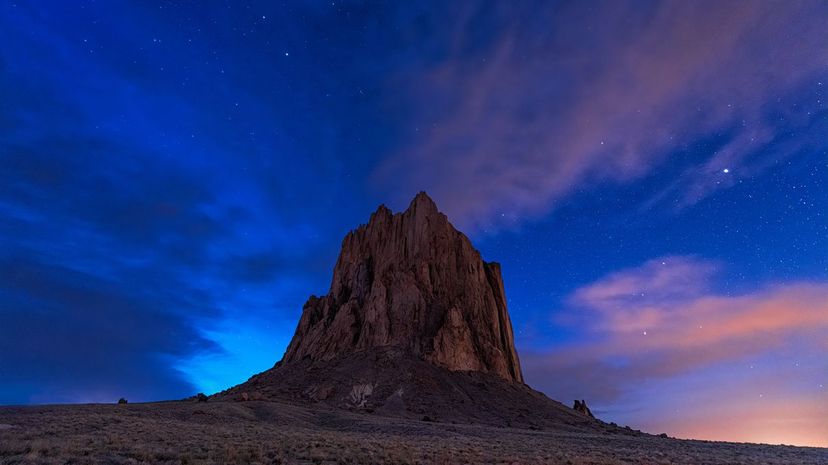
For those of you who have never lived in the American Southwest, to imagine a butte, think of those large geological structures that look like red and brown buildings that you see on Roadrunner and Wile E. Coyote cartoons.
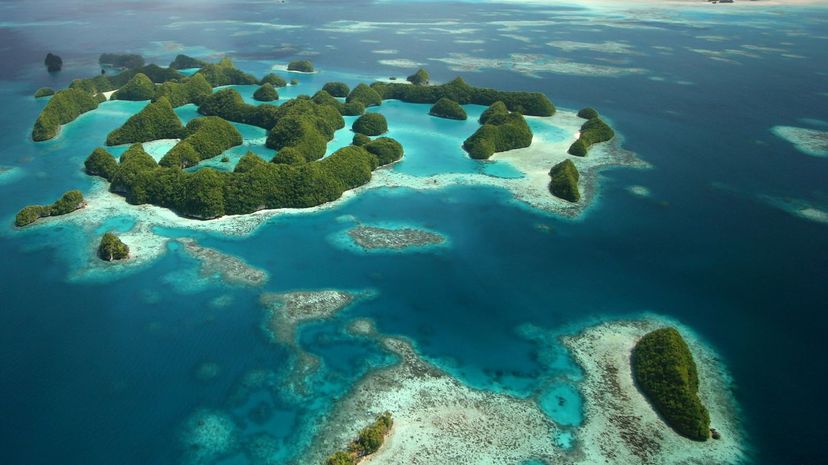
The Glapagos Islands, the Hawaiian Islands and the Florida Keys are all chained islands that are connected underneath. Many archipelagos are volcanic chain islands that are created from volcanoes under the ocean.
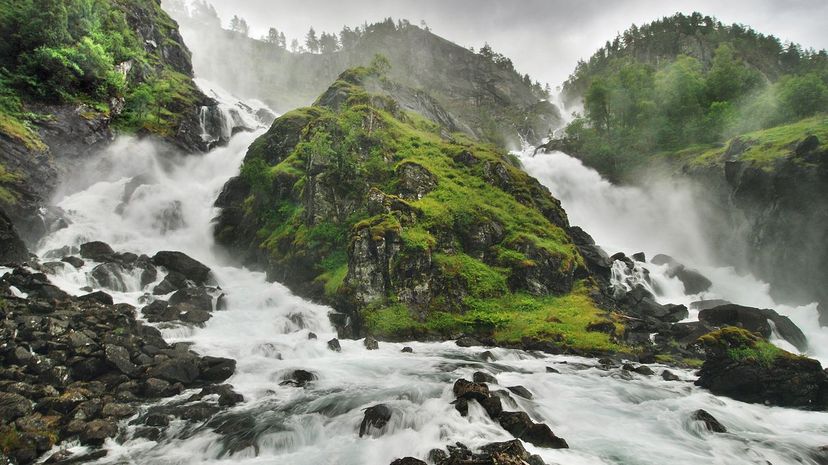
The sources of rivers are also known as the headwaters. Even the largest rivers, such as the Mississippi River, have sources that are rather small. When other rivers feed into these large rivers, they become wider and deeper.
Advertisement
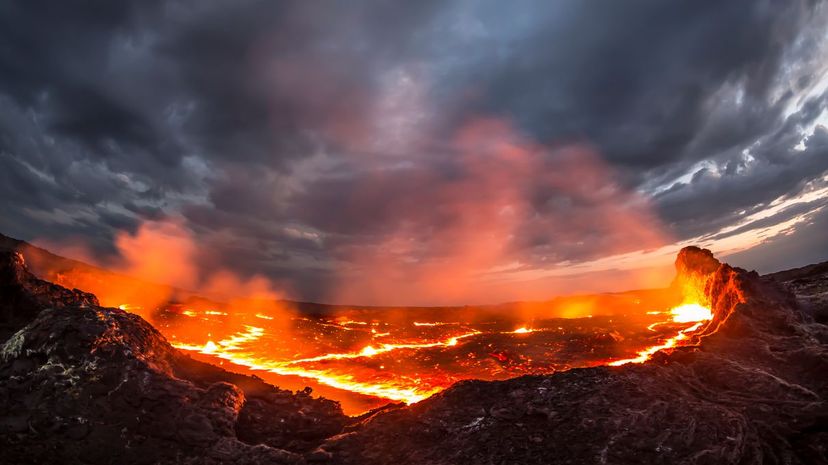
Magma is always under the Earth's surface. Once it breaks through the Earth's surface and reaches the air, it is then called lava. When volcanoes erupt, magma is usually expelled and becomes lava.
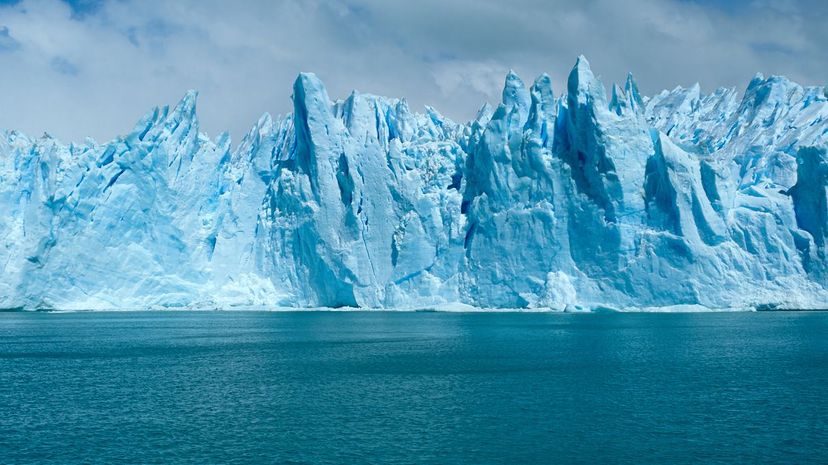
Glaciers can move fast or slow. They can go up to 30 meters per day or as slow as a half a meter in a year. It can take hundreds of years for a glacier to form, as it requires more snow and ice than melts off every year.
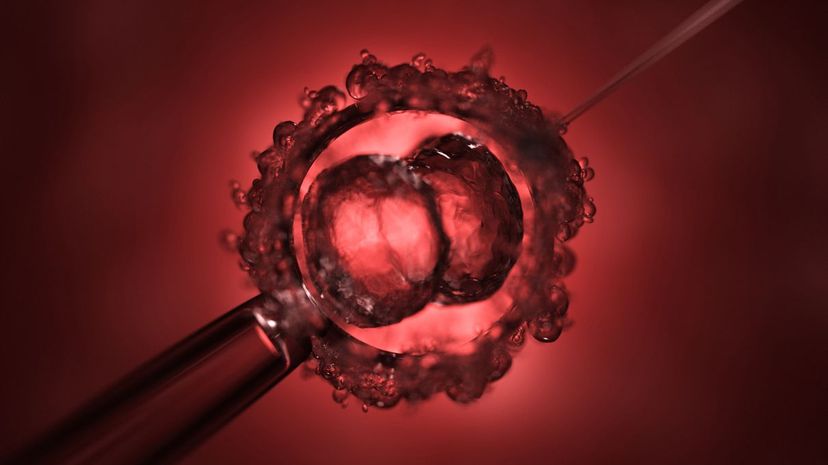
Once the egg is fertilized, it becomes a zygote. As that zygote develops, it becomes an embryo. At the stage of development, the being cannot live on its own, as it doesn't have functioning organs.
Advertisement

That's right! Flowers have sexual organs, but both male and female flowers can be found on the same plant. There are male flowers and female flowers. A pistil is made up of the stigma, style and ovary of a flower.

The human body has over 100 organs that all have very specific functions. Some of these functions are more important that others, but some functions aren't necessary, and removing organs is not unheard of.